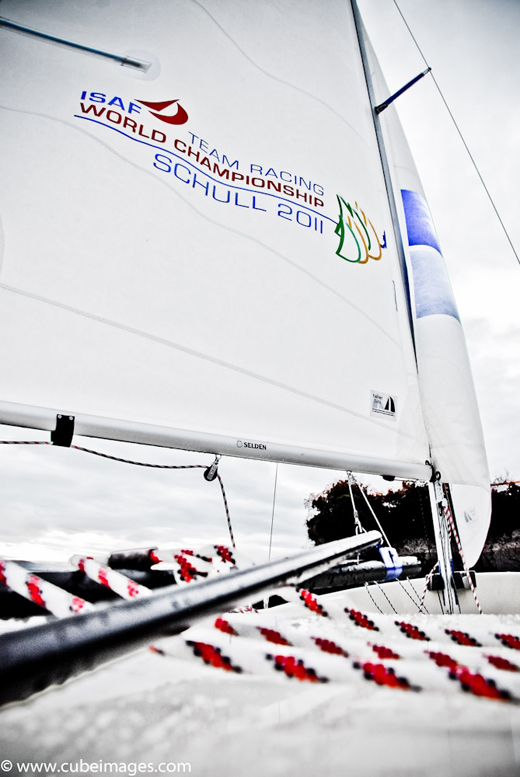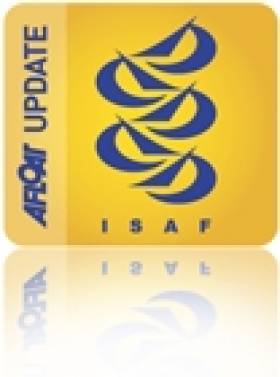Displaying items by tag: ISAF World Team Racing Championships
Schull To Host ISAF World Team Racing Championships
All championship racing will take place within the harbour with full commentary to facilitate spectators and visitors to the event.

The final entry tally totals twenty teams. Twelve participate the Open World Championship and eight in the Youth Worlds of the Open Championship twelve teams vying for the title favourites will be the United States, winners of the last four consecutive World Championships. Their number one team boasts an impressive profile: it consists of Stu McNay, Michael Hession, Pete Levesque, Marla Menninger, Zach Brown and Emmet Smith. Each member of the team has won at least two of the triple crown trophies in team racing: the USA's Hinman Trophy, the UK's Wilson Trophy and the World Championship title. Pete Levesque, the most winning team race skipper at this year's Worlds, has won 2 Team Race World Championships, 2 Wilson Trophy Championships and 5 Hinman Trophy Championships.
The UK first team, West Kirby Hawks, featuring Andy Cornah, Hamish Walker, Ben Field, Tom Foster, Dom Johnson and Deborah Steele come with an equally impressive CV of winning experience ranging across national, international and world events.
The Australian team arrives early to the event, intent on getting acclimatised to the venue and conditions. They bring some high achievers in Christopher Jones, current Tasmania Laser Champion and Australia 4.7 Champion in 2007, Rohan Langford, current Tasmania Laser Radial Champion and Australia Laser 4.7 Champion in 2008. Elliot Noye was a 2010 Australia Youth Match Racing Champion and previously a winner of the Australian Youth Championships in the Laser Radial class. Anna Vaughan recently won a heat at the Laser 4.7 World Championships in San Francisco, while Lucy Shephard has won Australian Championships in International Cadets and in 420s and was part of the Australian team at the Team Racing Worlds in Gandia, Spain in 2007. Amelia Catt sailed with Lucy when they won the Australian 420 Women's Championship.

On previous form and experience the US No 1 team should be favourites to take the title with the US having won five of the nine World Team Racing Championships sailed to date. However, the strength of the sport in the UK and Australia also augurs well for keen competition at the top. From an experience viewpoint, other competing nations are on a learning curve but, with team racing becoming rapidly more popular in the sailing world, are still capable of producing a few surprises!
The Youth Championship consists of eight teams representing Great Britain, Spain, Italy, Thailand and Ireland competing for the honours. British team, West Kirby Youth, multiple winners of the Royal Yachting Association Eric Twiname Team Racing Championships and boasting bronze medal winner in the 2009 event, Cameron Douglas, in their lineup, would look to have the edge in experience. However, the second British team, Sevenoaks, has a long tradition in competitive team racing also. The Spanish, Italian and Thai teams have, up to now, not revealed the extent of their team racing experience and achievements so we await their performances on the water when they arrive. Good performances are expected from the home youth teams and we especially look forward to seeing in action the Schull Community College combination of Connor Miller, Oisin O' Driscoll, Jay Stacey, Ellen O' Regan, Katie Moynihan and Kasper Snashall, current holders of the Irish Youth Team Racing title and recent runners up in the British Schools International Team Racing Finals which they also won in 2010.

Please visit www.schull2011.com <http://www.schull2011.com/> for updates and further information























